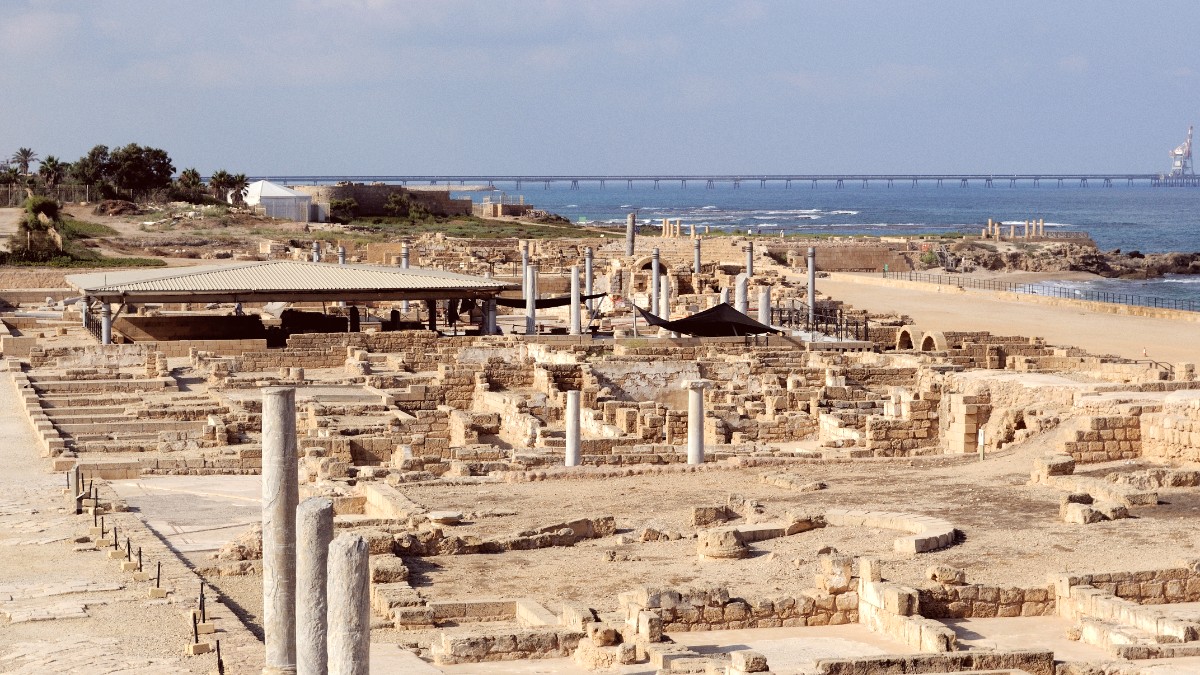
Israel
The archaeological site mainly involves exploration on foot. Internal shuttles operate for specific sections or for visitors with mobility needs, but not as a regular public system.
Public transportation to and from Caesarea mostly relies on bus lines, connecting it to nearby towns and, importantly, to the Binyamina train station.
The Rav-Kav card is a reloadable smart card for all public transportation in Israel. Purchase at stations or kiosks. Load money for rides or passes for value.
Fares are zone-based. A single local bus ride costs around ₪5.50-6. Fares for trains vary by distance. Always tap your Rav-Kav card on the reader when boarding a bus or entering/exiting a train station.
Buses and trains operate during daytime hours. Public transport does not operate during Shabbat (Friday afternoon/sunset until Saturday evening/sunset) and some Jewish holidays.
Licensed taxis are white with a yellow "Taxi" sign. They have a functioning meter (moniyot).
Hail on street, find at stands (train stations), or order via phone/app.
Metered fares. Surcharges for night travel, luggage, phone call. Pay cash (NIS); many accept credit cards (confirm with driver).
Gett is most popular. Uber operates as a booking platform for licensed taxis.
Taxis provide a convenient option for getting around, especially when public transport is limited or for direct journeys.
The remarkably preserved Roman Theater still hosts concerts and events today, echoing its ancient purpose.
Israel has a well-developed network of land transportation options.
Israel Railways offers modern, comfortable double-deck coaches for intercity travel.
Efficient and reliable for connecting major cities.
For optimal movement, downloading apps like Moovit and Gett on your smartphone is highly recommended before arrival. They offer real-time updates and streamline local travel.
Planning your transport, especially around Shabbat and holidays, will contribute to a smooth journey.